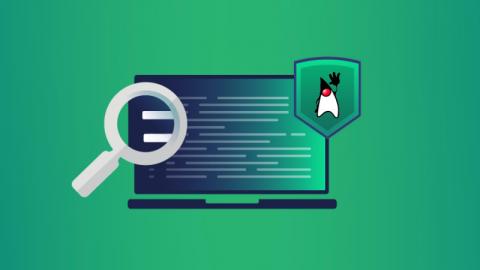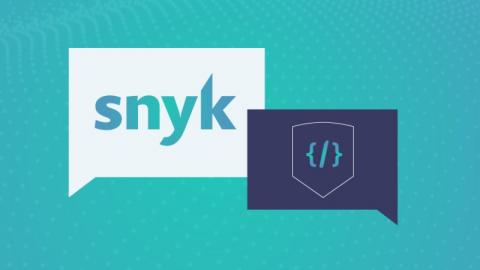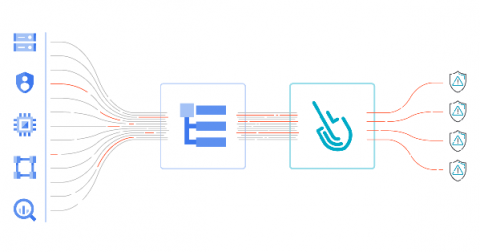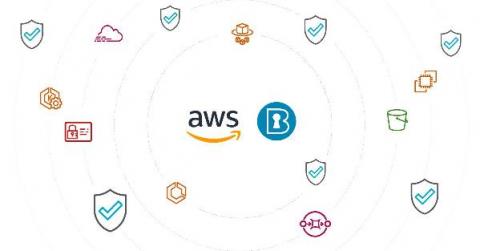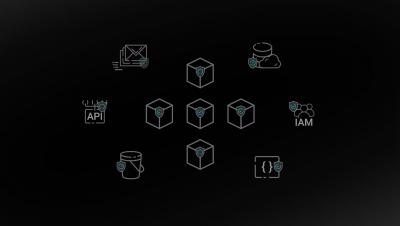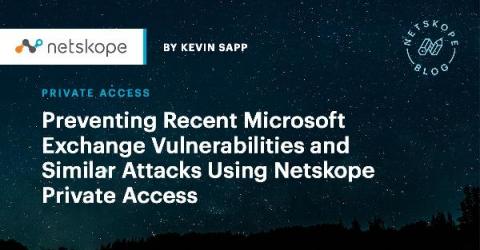Preventing YAML parsing vulnerabilities with snakeyaml in Java
YAML is a human-readable language to serialize data that’s commonly used for config files. The word YAML is an acronym for “YAML ain’t a markup language” and was first released in 2001. You can compare YAML to JSON or XML as all of them are text-based structured formats. While similar to those languages, YAML is designed to be more readable than JSON and less verbose than XML.


